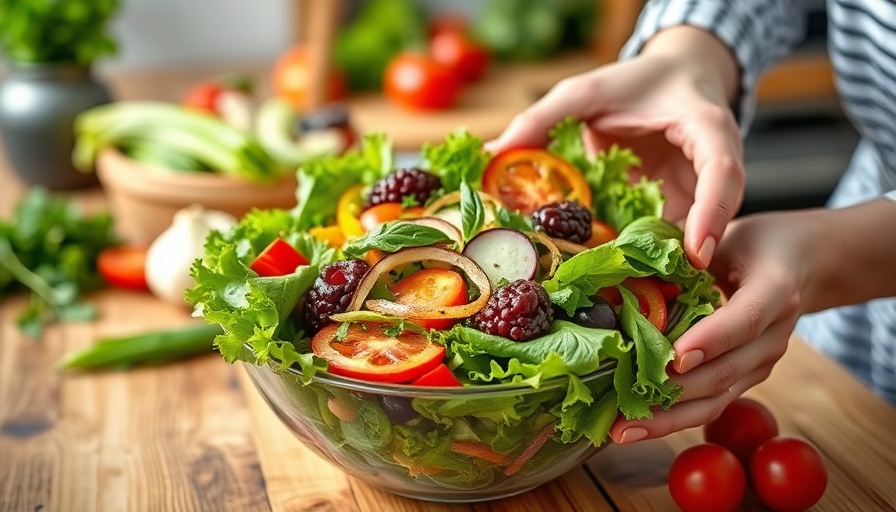
What Happens When You Stop Eating Meat? Discover the Health Benefits
Switching from a meat-heavy diet to a plant-based one can be a transformative decision for your health. Cutting meat isn't just about what you give up; it's also about what you gain. Experts have long debated the benefits of a plant-based diet, emphasizing that it can lead to a myriad of health advantages when done correctly. But what exactly happens to your body when you stop eating meat? Let's dive into the numerous benefits and considerations of making this dietary shift.
Reduced Risk of Chronic Diseases
One of the most compelling reasons to consider cutting meat from your diet is the substantial reduction in risk for diseases such as heart disease, stroke, and diabetes. According to research from organizations like the American Heart Association and the Centers for Disease Control and Prevention, a diet low in saturated fat—notably found in many meats—can significantly help in lowering these risks. Inflammatory markers in the body, which can lead to various chronic conditions, may also decline due to reduced meat intake.
Impact on Gut Health
Changing to a more plant-based diet can have a remarkable effect on your gut bacteria. Experts like nutritionist Christy Brissette note that increased fiber from fruits, vegetables, and whole grains promotes a healthier gut microbiome. A diverse and balanced gut flora is essential for nutrient absorption and plays a vital role in overall immunity, which is foundational for disease prevention and health education.
Is a Meatless Diet the Right Choice for Everyone?
It's crucial to understand that eliminating meat doesn’t automatically result in health benefits if not approached wisely. Experts caution that simply substituting meat with processed alternatives high in sugars may negate the advantages. Therefore, ensuring balanced nutrition through creative meal planning and smart food choices is vital. 'Plant-based doesn't mean deprivation,' emphasizes Keri Gans, R.D. 'It can be enjoyable and filling!' By incorporating various plant proteins, legumes, and nuts, you can create a satisfying and nutritionally rich diet.
Preparing for a Meat-Free Transition
Considering a shift towards a meatless diet? Here are some actionable insights to help you transition smoothly: start with small changes, such as introducing one meatless meal a week and gradually increasing. Focus on whole, nutrient-dense foods while maintaining variety. Engaging in nutrition education can help you learn how to replace essential nutrients that meat provides, ensuring holistic wellness.
Conclusion: Considering the Shift
If you're contemplating reducing or eliminating meat from your diet, it might be beneficial to reflect on your long-term health goals and preferences. A meat-free approach can be rewarding, bringing you closer to preventive care and chronic disease prevention. Always remember that any dietary changes should resonate with your lifestyle and well-being.
 Add Row
Add Row  Add
Add 




Write A Comment